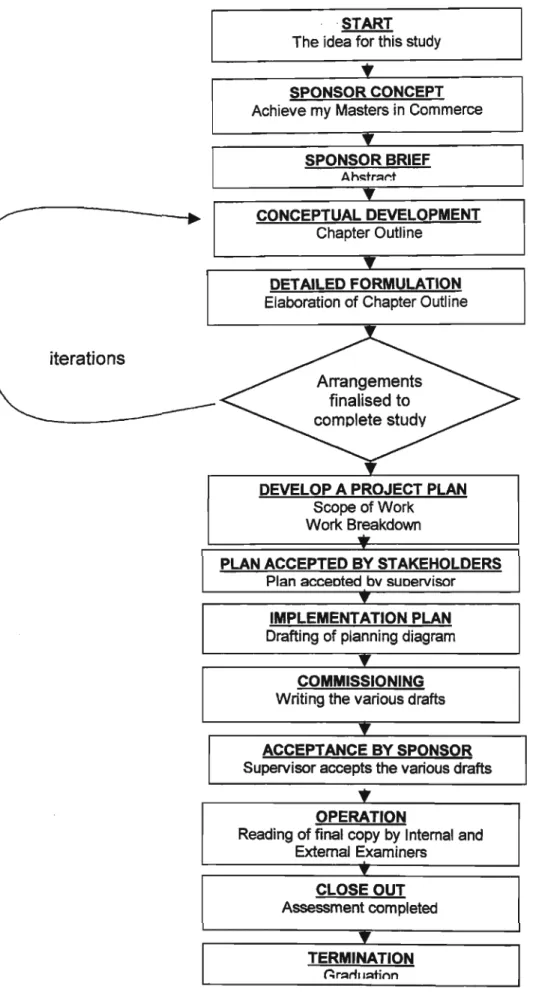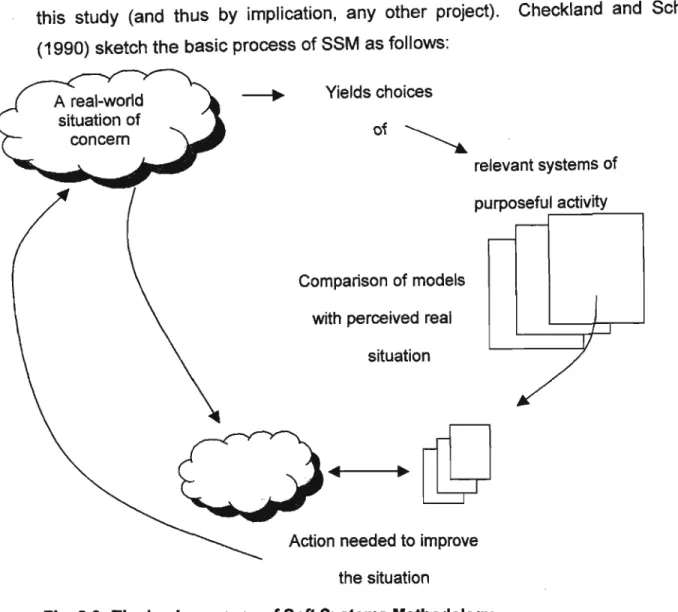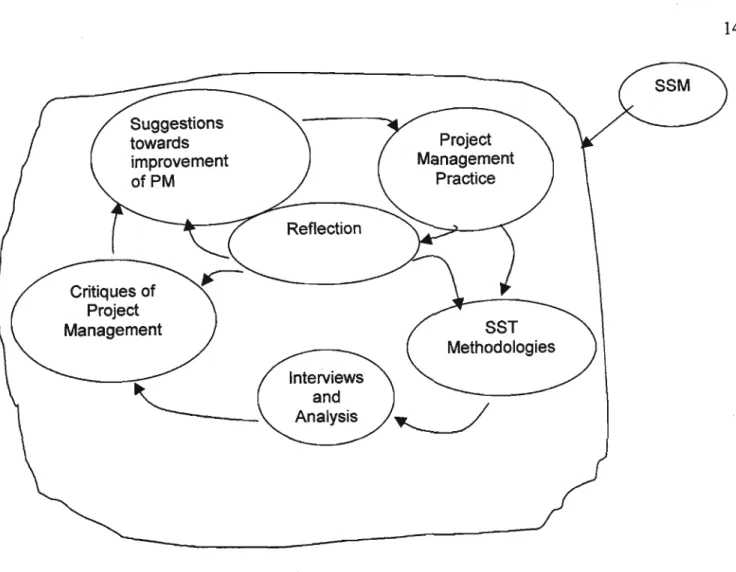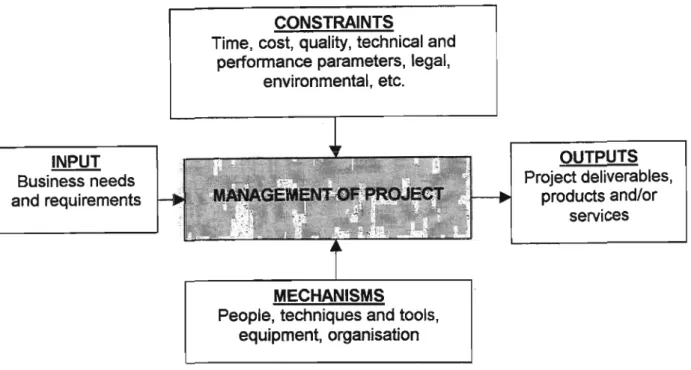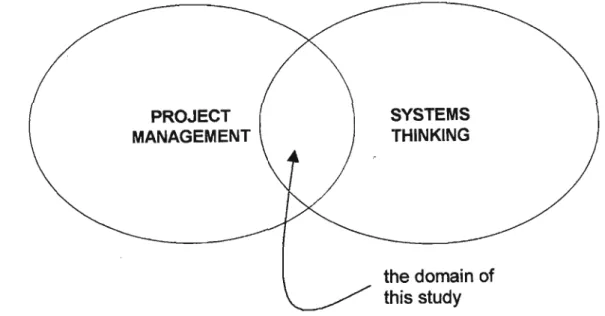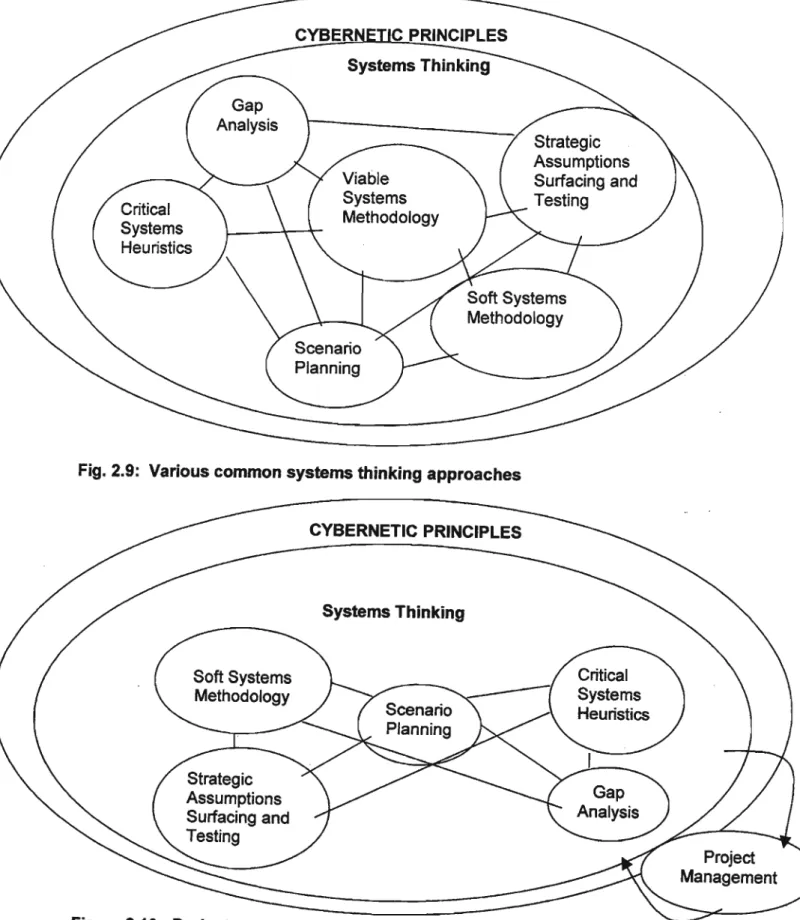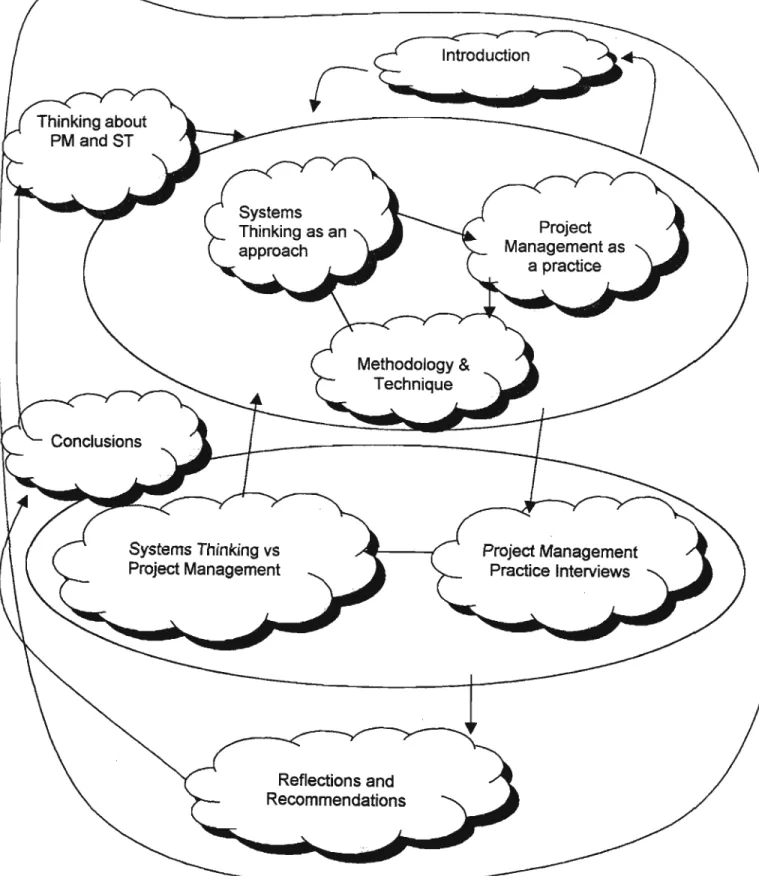The testing of a hybrid project management/systems thinking model is therefore what is attempted in the study. Clearly, pursuing this line of questioning requires a working knowledge of both project management practice and systems thinking. Figure 7: Towards the improvement of project management 2.7 Figure 8: The interface between project management and systems 2.8.
This is essentially the purpose of this short study: to make a case for incorporating systems thinking tools and techniques into the practice of project management to improve its effectiveness. At the same time, it will cast a critical eye on whether the combination of project management and systems thinking in the completion of this study was successful or otherwise.
METHODOLOGY AND TECHNIQUE
To achieve this, it is considered useful to demonstrate the integration of systems thinking into project management practice by using the methodological techniques and tools of both management approaches. It is hoped that this effort will result in some useful suggestions on how systems thinking can be integrated into project management practice. Project management as an approach to problem solving is discussed in detail in Chapter 3.
The purpose of this section is to provide a brief outline of project management, indicating how it will be used as a research methodology for this study. In other words, the purpose of this research is to explore the intersection between project management practice and systems thinking, and to consider how systems thinking can improve project practice.
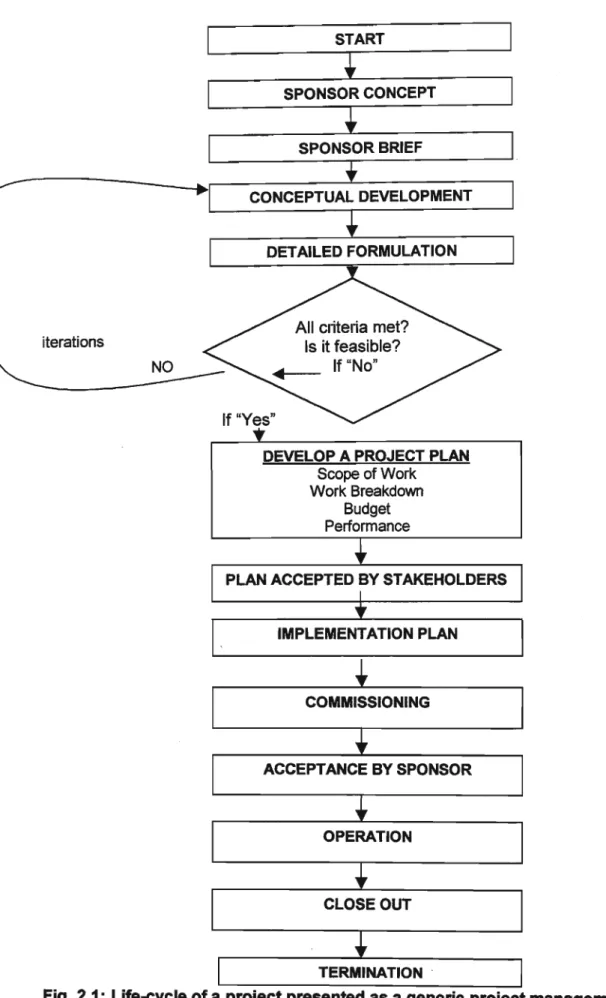
PROJECT MANAGEMENT
SYSTEMS
It is further the thesis of this research that the intersection between the two approaches – systems thinking and project management – has much to offer that is both essential (in terms of project delivery) and ethical (in terms of best practice). You could represent part of the current corpus of systems thinking approaches, as shown in Figure 2.9. In an attempt to anchor the study's conclusions in some empirical evidence, a questionnaire has been created that can be answered by project management professionals.
This in itself is a commentary on the difficulties of working strictly within the framework of the project management life cycle. However, the fact is that the implementation of the plan did not go as smoothly as it is depicted in fig.
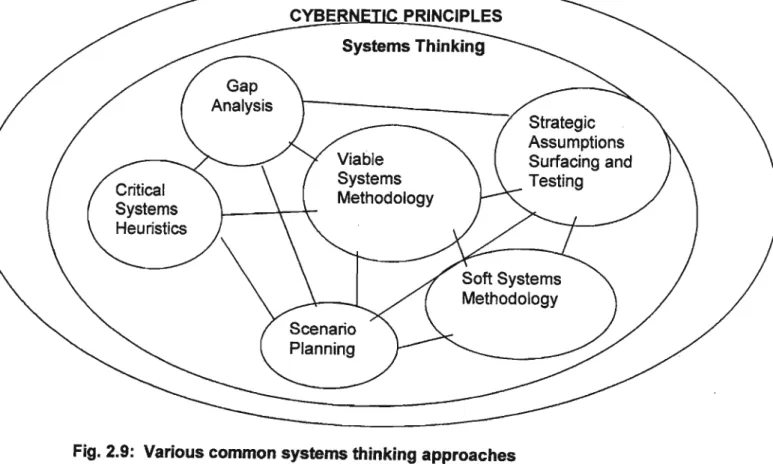
JUL AUG SEPT OCT NOV DEC
PROJECT MANAGEMENT
Acceptance of and commitment to some or all of the principles of project management (PM) - the most compelling management philosophy to emerge during the past three decades. These standards are codified in a (regularly updated) manual entitled A Guide to the Project Management Body of. PMBOK, 2000) (original italics) Given the lexicon contained in the PMBOK, one is able to construct a fairly faithful depiction of project management practice as it currently exists.
Although an understanding of project management is essential to a project management organization, a detailed discussion of the approach itself is beyond the scope of [PMBOK]. In addition, project management practice (as described in the PMBOK) has core knowledge and underlying processes. In an attempt to demonstrate the project management methodology (but not wanting to reproduce the PMBOK in its entirety) the sequential movement from "starting processes" to "closing processes" within an isolated phase is described here, as a model or example project. management practice as a whole (which is artificial, used for illustrative purposes only).
34;Projects and project management operate in an environment that is wider than that of the project itself. The project management team must understand this broader context - managing the day-to-day activities of the project is necessary for success, but not sufficient." (PMBOK, 2000). Furthermore, there is some acceptance of the fact that project management ' n 'degree of uncertainty' with the solution which.
In response to this challenge, several commentators have pointed to specific areas of concern with the practice of project management. 34;Hard" skills [including the disciplines of engineering, planning, law and finance] represent the set of inputs that would conventionally form part of project management. They are particularly critical of the typical project management technique called the Critical Path method, suggesting that: .
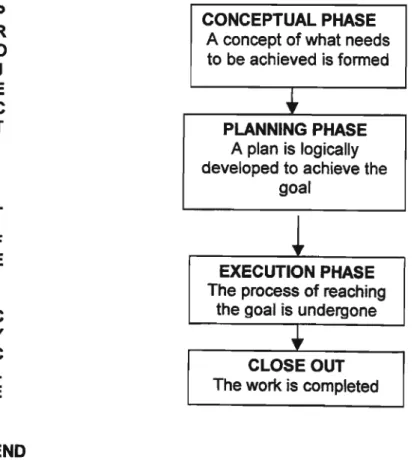
SYSTEMS THINKING 1 Introduction
This was the forerunner of many methodologies that have been developed within the discipline of systems thinking. In the Cartesian paradigm scientific descriptions are believed to be objective—that is, independent of the human observer and cognitive process. However, these risks (for example from time and cost) would be part of normal project management efforts as a matter of course.
In conclusion, Andrew recognized that for certain aspects of the project management effort, a soft systems approach was essential. Greg Fendt, one of the partners in the consultancy, took the opportunity to discuss his experience with project management. All boundary errors during the project process must be assessed very carefully.
This once again underlines the importance of planning prior to the actual management of the project once the construction aspects take place. It would therefore be useful to include some of the methods for dealing with complexity that belong to the domain of systems thinking. However, it is of some importance that all these systems thinking techniques and tools are applied before the start of the actual rollout of the project.
This is all well and good as careful planning is an essential component of the project life cycle. If one considers the process that was adopted in completing this study, it is evident that even careful adherence to project management principles (as found in the PMBOK) and the incorporation of lean systems thinking techniques are insufficient to . ensure the systematic and successful implementation of the project plan. There is no denying the value that systems thinking adds to the early stages of the project life cycle.
What was the level of stakeholder participation leading up to the development of the project management plan. Describe the basic methodology you followed while managing this project.
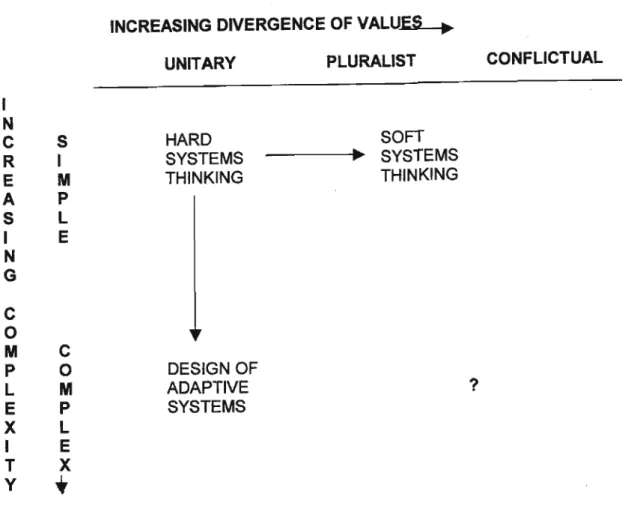
INTRODUCTION
A project to empower small and medium sugarcane farmers in the uThungulu region of KwaZulu-Natal. A systems thinking for project management). It is our intention to reach these resource-poor individuals and provide them with the means to improve their livelihoods. It is considered essential for an understanding of the context in which we want to operate (Le. the system in focus) that the stakeholders are identified in the uThungulu region and that their actual and potential impact on the project is identified.
Political influence, for example, and the interests of stakeholders are considered to be of primary importance to the success of the project. Therefore, it is imperative for this project to clarify the land ownership issues, as this will affect the strategic direction of this project. The same SSG needs for effective agricultural extension support and development opportunities exist for MSG.
This is due in part to a lack of understanding of the needs of SACGA members by the Executive Committee. This is completely separate from the services provided and coordinated by the South African Sugar Association or the Department of Agriculture. DoA capability varies from region to region, but is mostly weak to ineffective.
One of the major uncertainties for the entire sugar industry is the possible decision to lift the tariffs that currently protect the sugar industry in South Africa. There are several scenarios related to the possibility of the abolition of tariff protection, and these are represented in the graphs below. These graphs are speculative and are intended to illustrate possible scenarios based on levels of productivity in sugarcane and miscellaneous crops against changes in the sugar tariff.
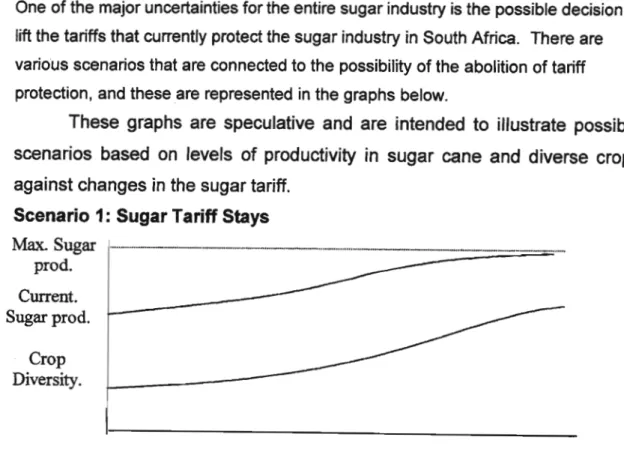
Sugar Tariff Goes
Agriculture (and production) in various crops could continue and could also show a gradual increase in production due to inevitable learning and agricultural extension.
Complementary Relationship between Sugar and Diverse Crops
- PROJECT RATIONAL AND BOUNDARIES
- OVERALL GOALS AND OBJECTIVES
- PROJECT COMPONENTS
- PROJECT IMPLEMENTATION
- RISK ASSESSMENT
- CONCLUSION
The dissatisfaction of small-scale growers with SASA and other players in the sugar industry, for example, has been known for some time. The last two aspects of the boundary process will be discussed in more detail below. As mentioned, a scenario thinking exercise related to the sugar industry in the entire uThungulu region was conducted with the participation of all key stakeholders.
The work in this rural district has made us aware of the political undercurrents in the industry and the general dissatisfaction of the SSGs with the service provision and representation in the decision-making bodies. It is not in the interests of the sugar industry to have conflicts of this nature within its ranks. A steering group will ensure meaningful participation of key stakeholders in the development of project content, policies and guidelines.
The project organization consists of four teams, each of which is responsible for the sub-projects defined under one of the four objectives. Overall responsibility for the project and supervision of the sub-project teams rests with the Project Manager, who reports directly to the Board. Another important part of the project organization is the Steering Committee as described under 6.1.
All staff will be employed full-time, except the Conflict Management Facilitator and the Systems Consultant who will reduce their involvement in the second phase of the project to 75%. In Appendix 7, the results of the stakeholder analysis are made available, and their groupings are explained in the next few paragraphs. They are able to influence activities and have a stake in the outcome of the project.
